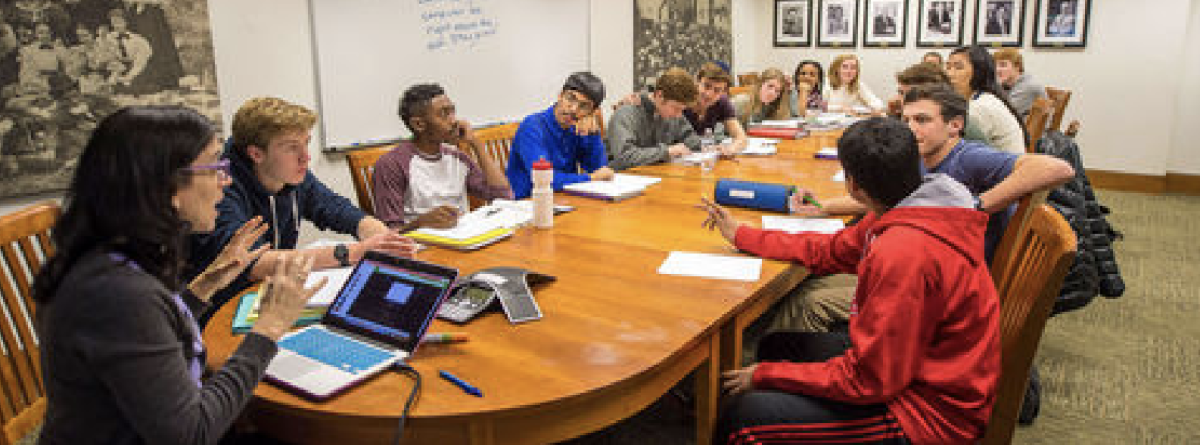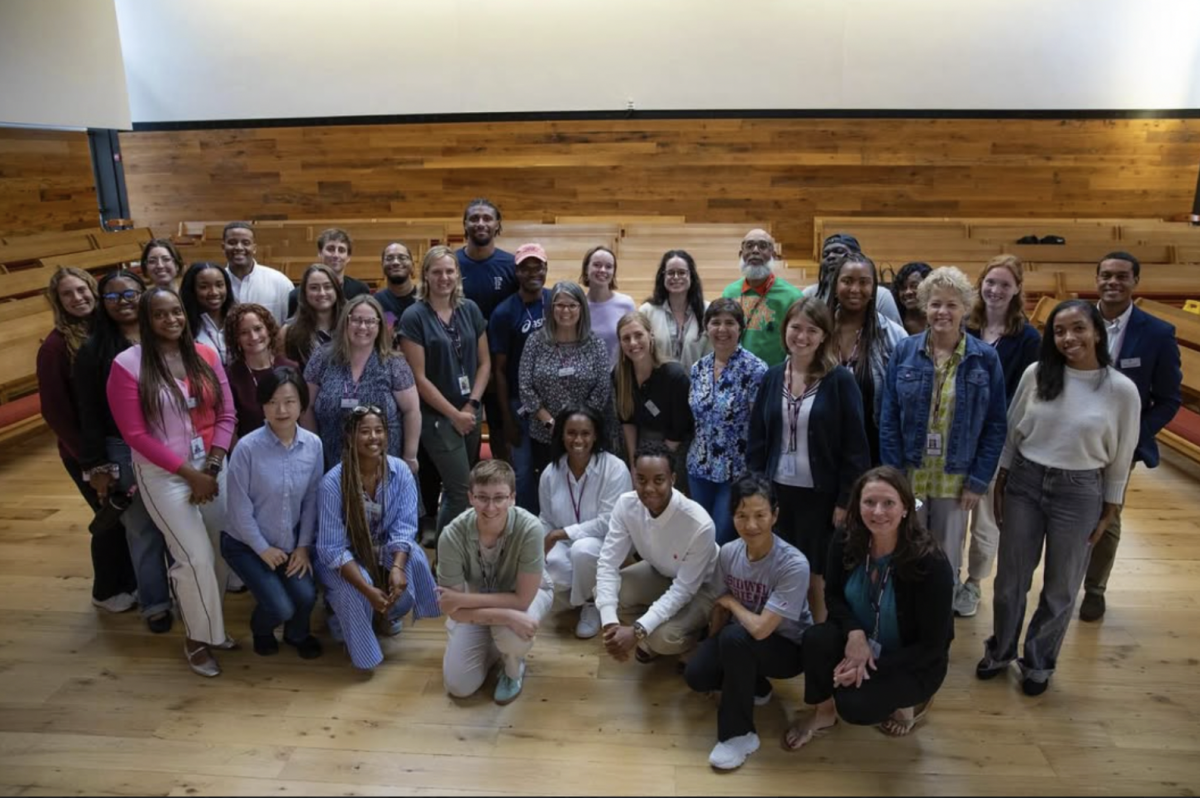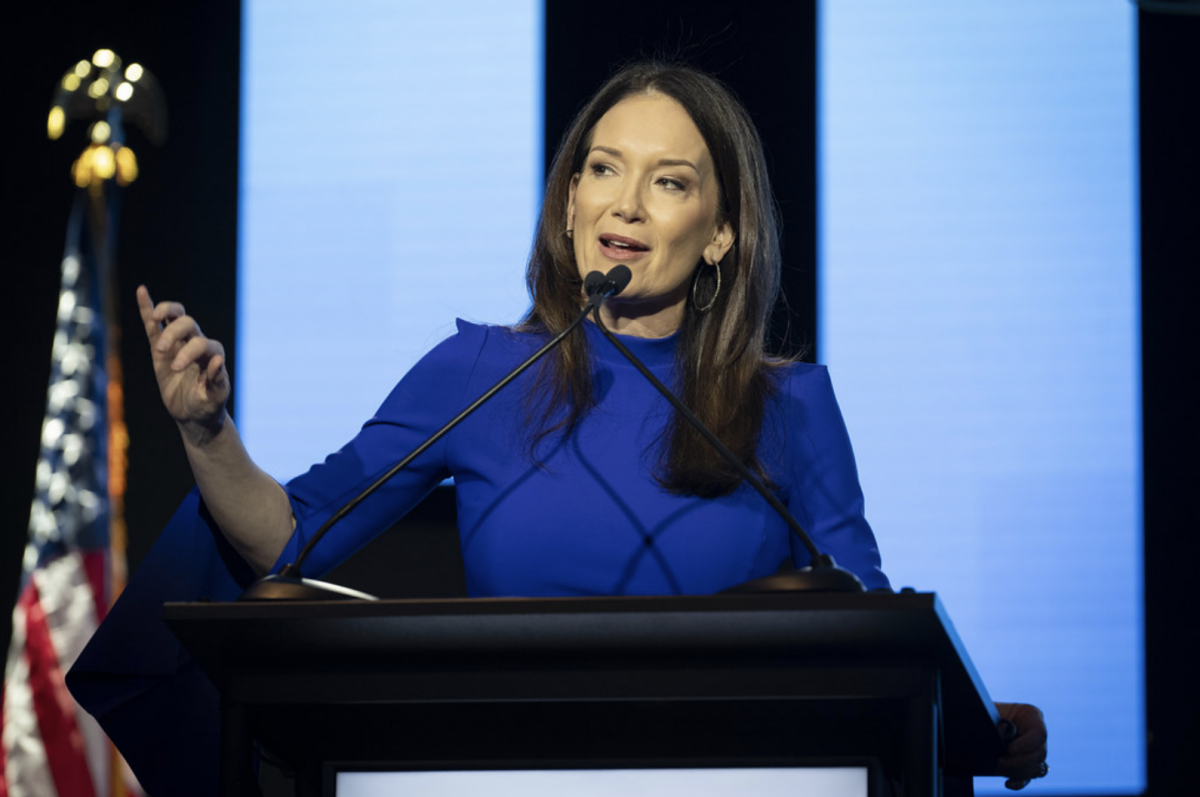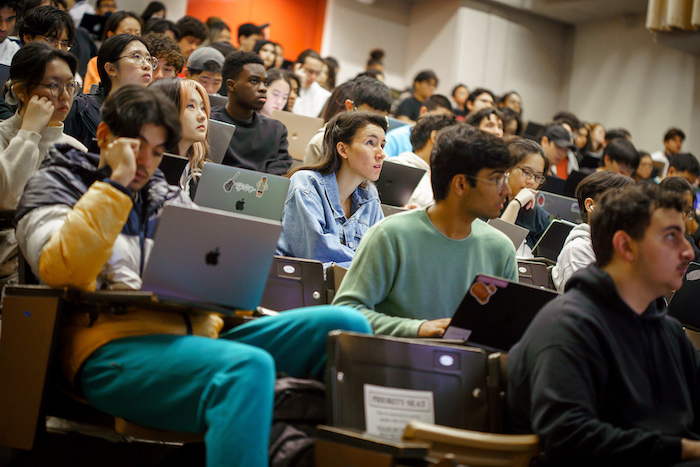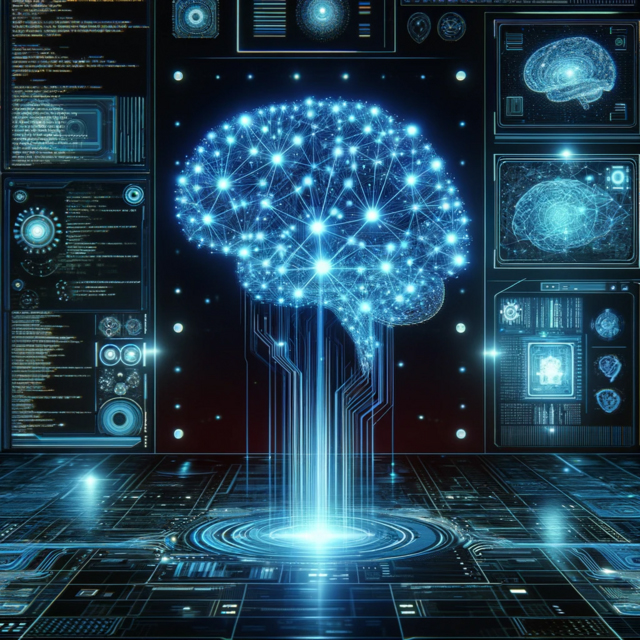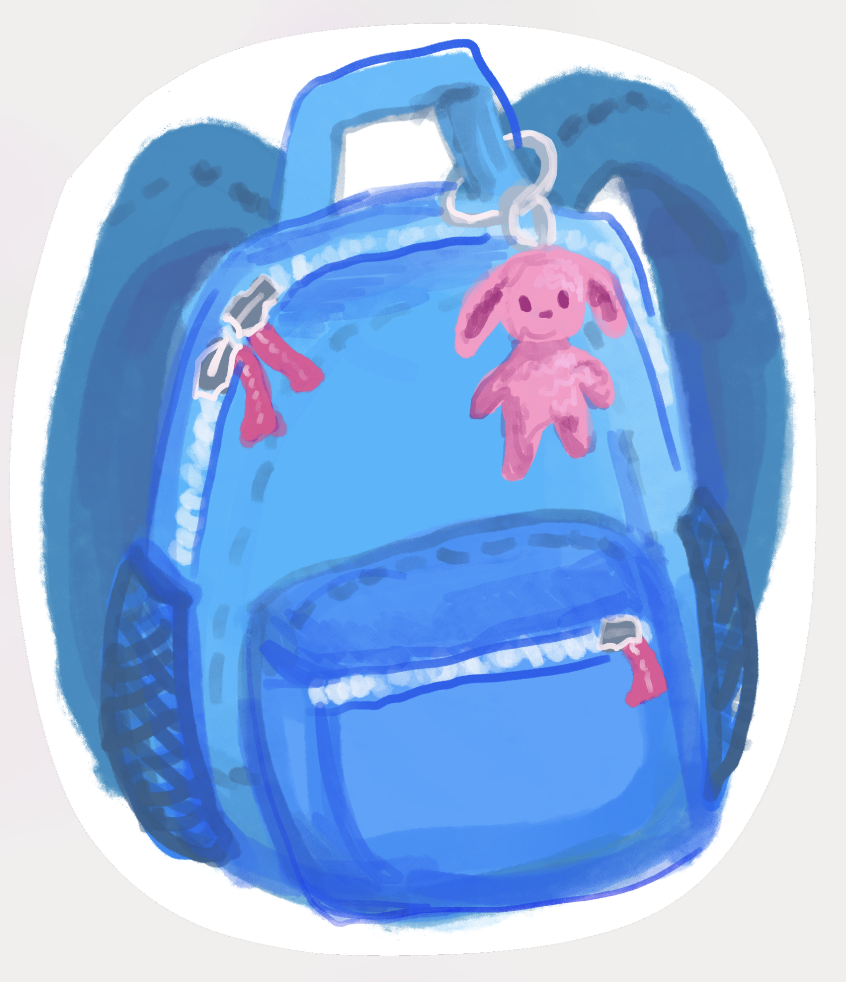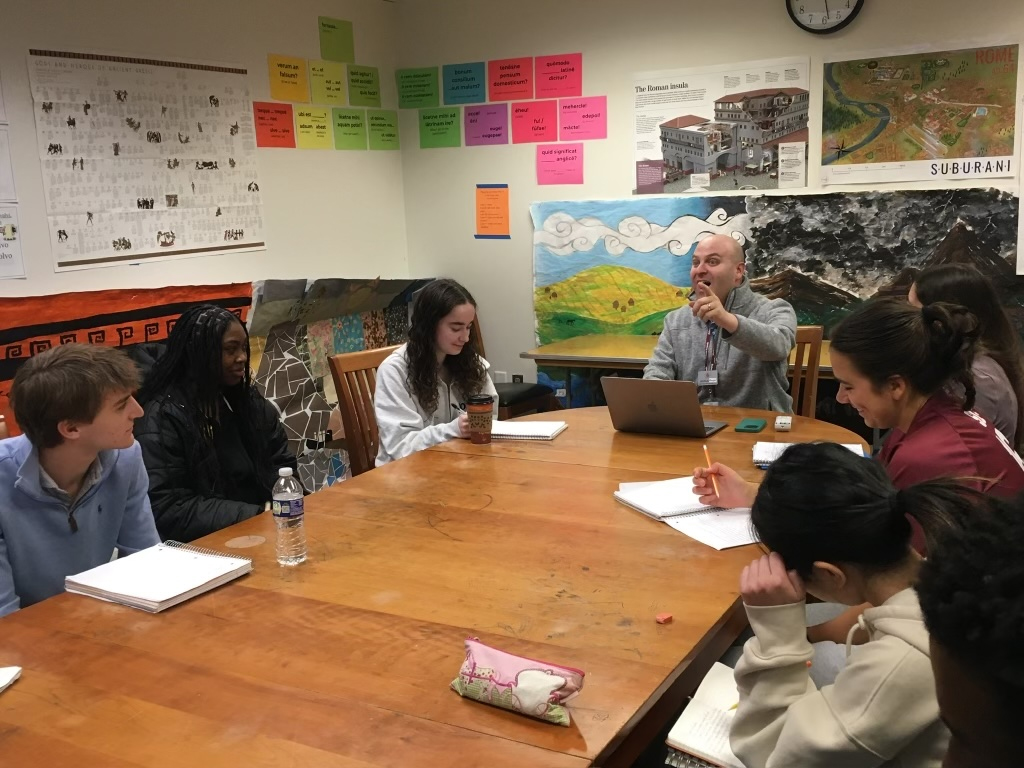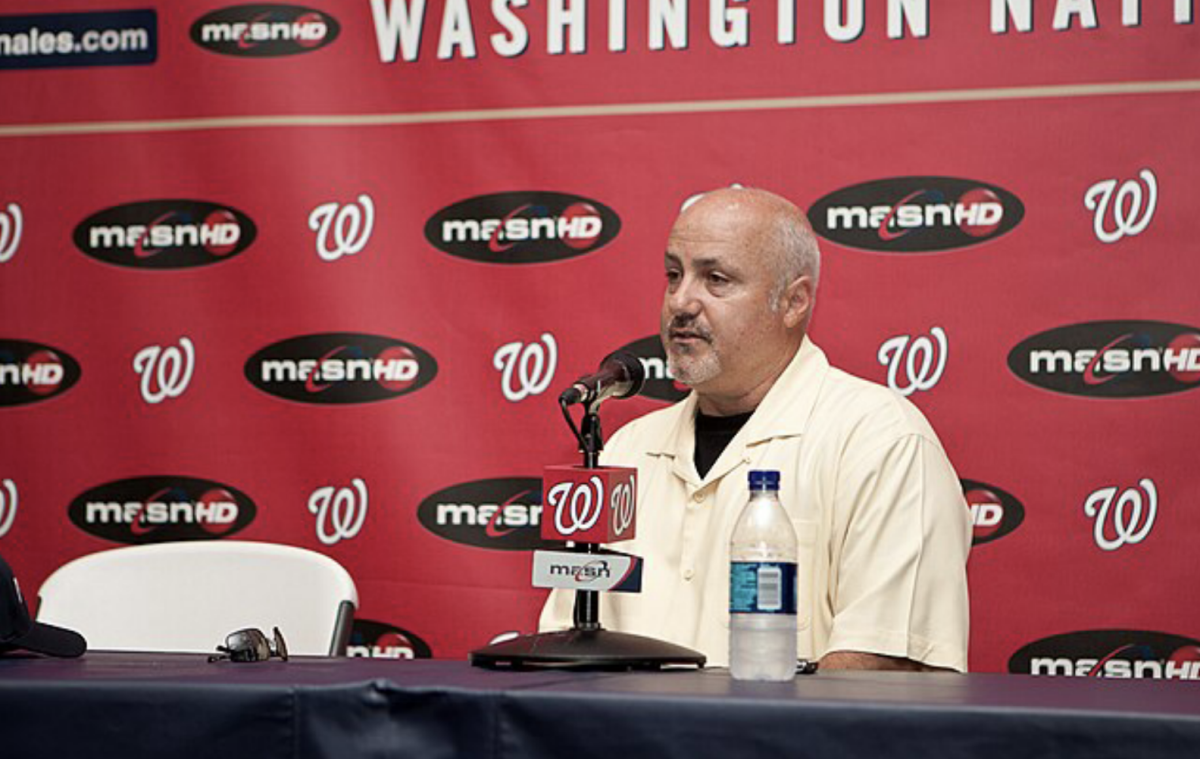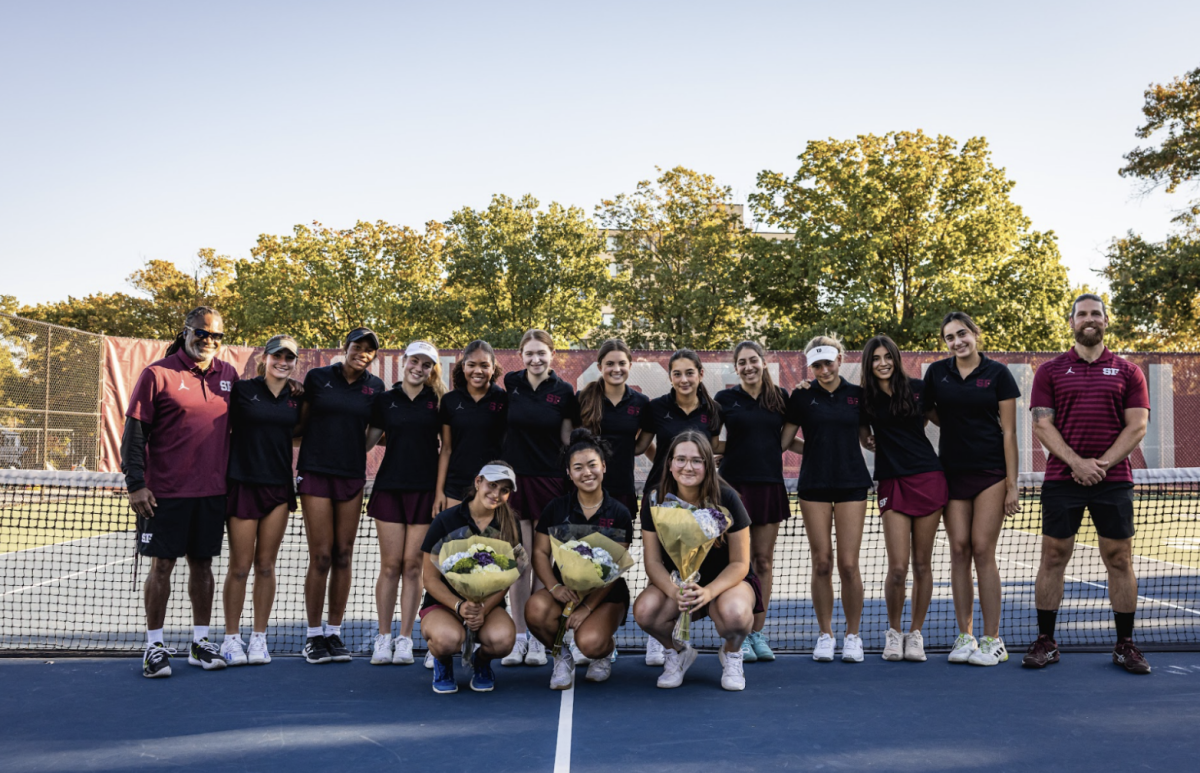Since the initial release of ChatGPT in 2022, generative AI has steadily become more valuable and accurate. Over the past three years, many have shifted their opinion, accepting AI as an asset for the workforce and embracing its inevitable incorporation into daily life. Instead of reading a long article, AI can summarize it in seconds. Virtual assistants can quickly find information. Yet, Sidwell’s curriculum still lacks meaningful education on generative AI, leaving students unprepared for the evolving world and its technology. To allow students to thrive beyond Sidwell, the school must integrate generative AI into its curriculum.
Sidwell is doing students a disservice by not giving them all the tools they need to succeed. Generative AI allows people to focus on more creative and pressing tasks while automating mundane, time-consuming work. The media has often pushed the narrative that AI will replace jobs. In reality, AI works alongside humans, helping them achieve better results.
Teaching students how to use generative AI would allow them to spend less time drafting an email or outlining a presentation, leaving them more time to complete homework and improve its quality. These skills will prove even more valuable after graduation as students enter the workforce.
Only three years after ChatGPT’s debut, AI has already become a major force outside of Sidwell. Rather than embracing it as a tool, teachers berate students and tell them to avoid it. While AI should never be used for academic dishonesty, it can still be taught responsibly and realistically. By limiting students’ knowledge, Sidwell creates a bubble that shields them from technology that will shape their futures.
Like students themselves, generative AI continues to evolve. As jobs begin to integrate AI, the skills required to succeed evolve as well. The workforce is in constant transition, and Sidwell has an obligation to evolve with it and equip students with the tools they will need.
The necessity of adopting new technology is seen in the transition to computers in schools. When computers first became common, many resisted adding them to school curricula. Today, students are expected to type efficiently and use computers daily, which were skills once considered secondary to manual techniques.
Before computers were standard, research for school papers took far longer and was limited to materials physically available at Sidwell. Now, computers increase research speed and expand access to information. Yet sorting through this information can still be exhausting. Generative AI could make the process easier by compiling large amounts of material and highlighting the most relevant sources.
The main argument against teaching generative AI is that students must still learn to write essays and complete assignments without it. This is true, but the two are not mutually exclusive. Classes can teach both how to accomplish tasks independently and how to use AI responsibly, with clear guidelines on when its use is appropriate.
Teaching generative AI is essential if students are to work effectively with the tools that will define their future. By leaving it out of the curriculum, Sidwell deprives students of skills that their peers elsewhere will have. If school is meant to prepare students for life after Sidwell, the school must prepare them for the reality of a world shaped by AI.



